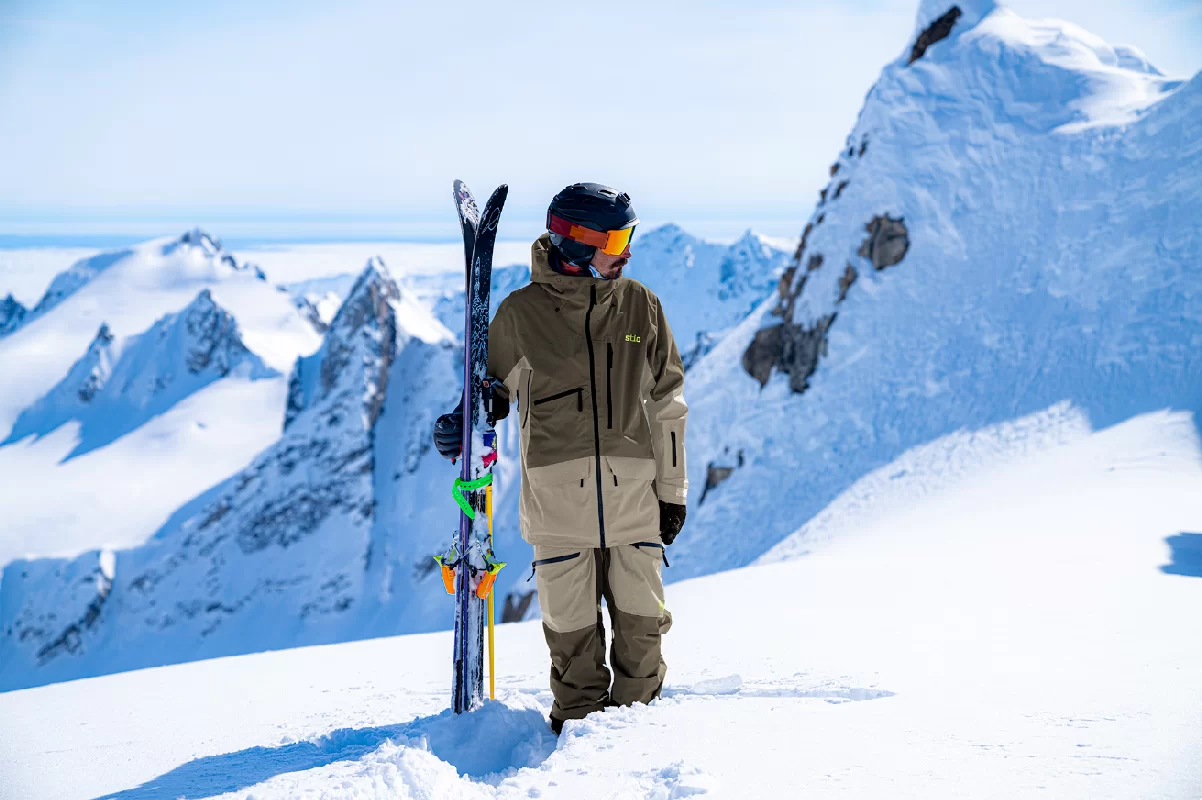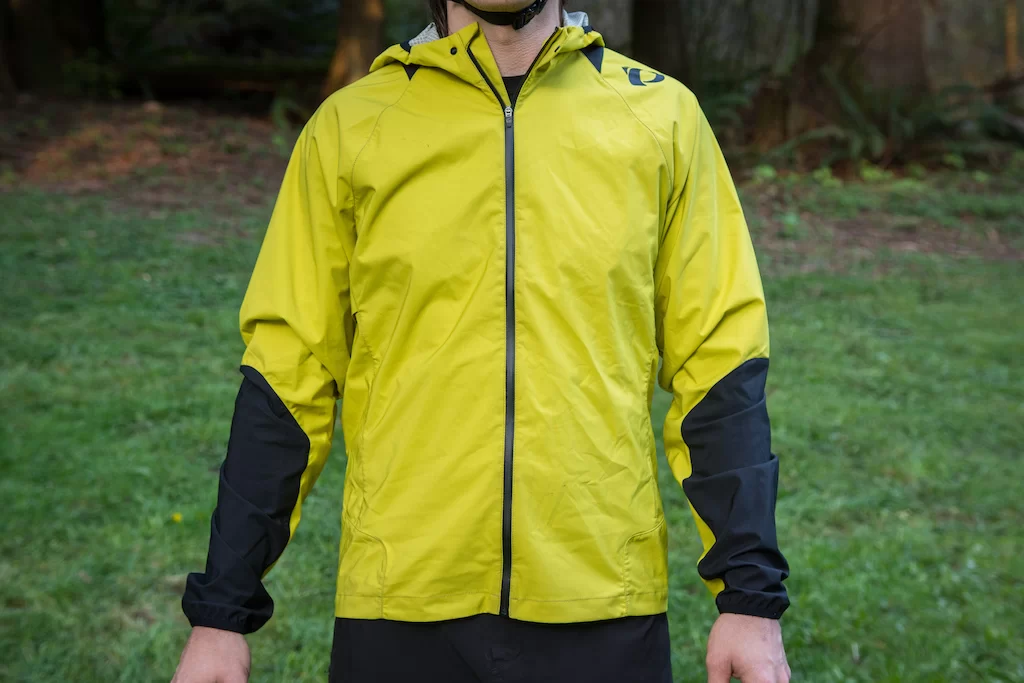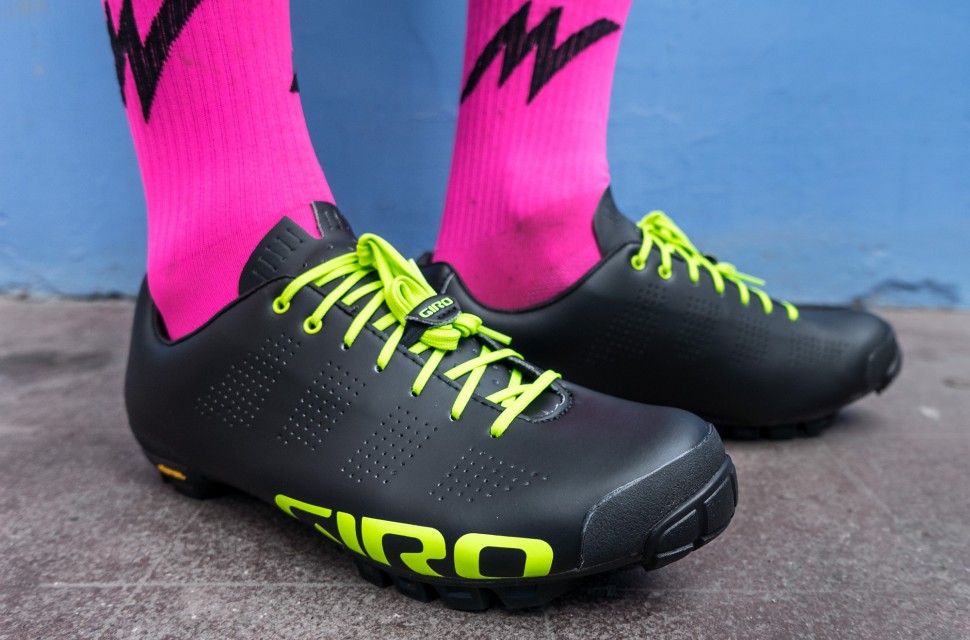Solo camping is a unique and rewarding experience that allows individuals to connect deeply with nature, reflect on their thoughts, and enjoy the freedom of the great outdoors without distractions. Whether you’re seeking solitude, adventure, or a chance to recharge, solo camping can provide all that and more. This guide will explore the joys of solo camping, tips for a successful trip, and essential gear to bring along for your adventure.
1. The Benefits of Solo Camping
Solo camping offers numerous advantages that can enrich your outdoor experience:
a. Personal Reflection and Growth
Spending time alone in nature provides an opportunity for introspection. It allows you to reflect on your life, set personal goals, and gain clarity on important issues. The quiet of the wilderness can be a powerful backdrop for personal growth.
b. Freedom and Flexibility
When you camp alone, you have the freedom to create your own schedule. You can choose your route, decide when to hike or relax, and determine how long to stay at each campsite without having to coordinate with others.
c. Connection with Nature
Solo camping fosters a deeper connection with the natural world. Without the distractions of daily life, you can fully immerse yourself in your surroundings, observing wildlife, appreciating the beauty of the landscape, and experiencing the calming effects of nature.
d. Building Confidence
Navigating the outdoors alone can boost your confidence and self-reliance. Overcoming challenges, such as setting up camp or hiking solo, can help you develop skills and resilience that extend beyond the camping experience.
2. Preparing for Your Solo Camping Trip
Preparation is key to a successful solo camping adventure. Here are some essential steps to take before you head out:
a. Choose the Right Location
Select a campsite that suits your skill level and comfort. Consider factors like:
- Accessibility: Choose a location that is easy to reach, especially if you’re new to solo camping.
- Safety: Research the area for wildlife, weather conditions, and potential hazards.
- Amenities: Consider sites with nearby water sources, restroom facilities, or established campgrounds for added convenience.
b. Plan Your Itinerary
Outline your itinerary, including travel time, activities, and meal plans. Share your plans with a friend or family member, letting them know when you expect to return. This is particularly important for safety.
c. Check the Weather
Before you leave, check the weather forecast for your camping destination. Be prepared for changing conditions and pack accordingly. Having the right clothing and gear can make all the difference in your comfort and safety.
3. Essential Gear for Solo Camping
When camping alone, having the right gear is crucial for safety and comfort. Here’s a list of essential items to consider:
a. Lightweight Tent
Opt for a lightweight tent that is easy to set up and offers adequate protection from the elements. Look for features such as:
- Single-Person Design: A tent designed for solo campers will be easier to pack and carry.
- Weather Resistance: Ensure your tent has a waterproof rainfly and good ventilation.
b. Sleeping System
Comfortable sleeping arrangements are essential for a good night’s sleep. Consider:
- Sleeping Bag: Choose a sleeping bag rated for the expected temperatures. Look for lightweight and compressible options.
- Sleeping Pad: An insulated sleeping pad provides comfort and insulation from the cold ground. Inflatable pads are a great choice for solo campers.
c. Cooking Gear
Cooking gear is important for preparing meals while camping. Essential items include:
- Camp Stove: A lightweight and portable camp stove is ideal for quick meal preparation.
- Cookware: Lightweight pots and pans that nest together save space in your pack.
- Utensils: Bring along a lightweight spork or multi-tool for eating and food prep.
d. Safety and Navigation Tools
Safety is paramount when camping alone. Be sure to pack:
- First Aid Kit: A comprehensive first aid kit should include bandages, antiseptic wipes, pain relievers, and any personal medications.
- Map and Compass: Even if you have a GPS device, it’s a good idea to carry a map and compass for navigation.
- Multi-Tool or Knife: A multi-tool is handy for various tasks, from food prep to gear repairs.
4. Staying Safe While Camping Alone
Safety should always be a top priority when camping solo. Here are some tips to keep in mind:
a. Trust Your Instincts
Listen to your gut feelings. If a situation feels unsafe or uncomfortable, don’t hesitate to change your plans or move to another location.
b. Stay Connected
Consider carrying a satellite phone, personal locator beacon (PLB), or a portable charger to keep your phone charged. This can be a lifesaver in case of emergencies.
c. Be Aware of Your Surroundings
Stay alert and aware of your surroundings. Learn about local wildlife and be cautious of potential hazards, such as steep cliffs or sudden weather changes.
d. Follow Leave No Trace Principles
To minimize your impact on the environment, adhere to Leave No Trace principles:
- Plan Ahead: Prepare for your trip to avoid unexpected challenges.
- Travel on Durable Surfaces: Stick to established trails to minimize damage to vegetation.
- Dispose of Waste Properly: Pack out all trash and waste, including food scraps.
- Respect Wildlife: Observe animals from a distance and do not feed them.
5. Engaging Activities for Solo Campers
Solo camping doesn’t have to be lonely! Here are some activities to keep you engaged:
a. Nature Photography
Capture the beauty of your surroundings through photography. This can help you appreciate the landscape and document your adventure.
b. Journaling
Keep a journal to reflect on your thoughts and experiences during your trip. Writing can be therapeutic and help you process your feelings.
c. Hiking and Exploration
Take time to explore the area around your campsite. Research nearby trails or points of interest and make the most of your time outdoors.
d. Meditation and Mindfulness
Use the peacefulness of nature to practice meditation or mindfulness. Find a quiet spot to sit, breathe deeply, and connect with your surroundings.
6. Cooking and Meal Planning
Meal planning is essential for solo camping. Here are some tips to make mealtime enjoyable:
a. Simple, Nutritious Meals
Choose easy-to-prepare meals that require minimal cooking time. Some ideas include:
- One-Pot Meals: Dishes like chili, pasta, or rice can be made in one pot for easy cleanup.
- Wraps and Sandwiches: Simple and customizable, wraps and sandwiches are great for lunches.
- Snacks: Pack plenty of snacks like trail mix, granola bars, and fruit to keep your energy levels up.
b. Hydration
Bring a reliable water source, such as a water filter or purification tablets, to ensure you have access to clean drinking water. Staying hydrated is crucial for your well-being.
c. Leave No Trace Cooking
When cooking, use established fire rings and minimize your impact on the environment. Pack out any food scraps and waste to leave the campsite as you found it.
7. Enjoying the Experience
Solo camping is all about embracing the experience. Here are some ways to fully enjoy your time in the wilderness:
a. Embrace Solitude
Take the opportunity to enjoy the peace and tranquility of nature. Use this time for self-reflection, relaxation, and personal growth.
b. Disconnect from Technology
Limit your use of electronic devices to fully immerse yourself in the natural world. This can enhance your connection to your surroundings and allow for a more profound experience.
c. Capture the Moments
Bring a camera or a journal to document your adventure. This can help you preserve memories and reflect on your experiences later.
8. Conclusion
Solo camping is a rewarding experience that offers numerous benefits, from personal reflection to a deeper connection with nature. By preparing thoroughly, prioritizing safety, and embracing the adventure, you can create unforgettable memories during your solo camping trip. Whether you’re seeking solitude or adventure, solo camping allows you to explore the wilderness on your terms. So pack your gear, choose your destination, and embark on your journey into the great outdoors. Happy camping!











